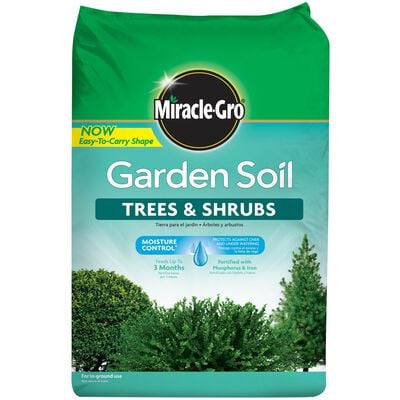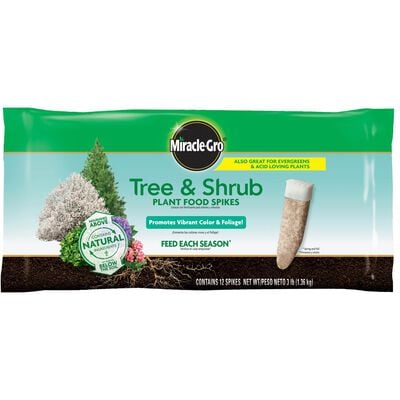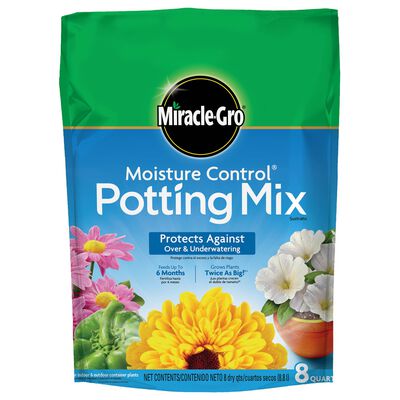
Grow Red Buckeye Trees for Hummingbirds
After their long trip across the Gulf, hummingbirds appreciate these natural fueling stations.
Blooms Just In Time for Hummingbirds
Imagine flying up to 500 miles across the Gulf of Mexico when you only weigh as much as a penny. That's the challenge facing the ruby throated hummingbird as it migrates every spring and fall to and from its homes in North and Central America. The trip takes 18 to 24 hours, and the tiny bird does it nonstop. Growing a red buckeye tree, with its bell-shaped flowers that bloom just as the hummingbirds arrive back up north, is a great way to help them refuel.
Plant Your Hummingbird Oasis
Adding a few easy-to-grow red buckeyes to your landscape will help your yard become a hummingbird hangout.
In addition to providing hummingbird fuel, red buckeye is a handsome tree with large palm-shaped leaves that give it a tropical look. In its native habitats, the red buckeye grows in moderately moist soil under the protection of leaf-losing trees like oaks and hickories. It's sure to add color, as well as birds, to your yard.
Where to Plant Your Red Buckeye
In a domestic landscape, the red buckeye prefers to be planted in well-drained, loamy soil rich in organic matter. Amend you soil with an organic mix such as Miracle-Gro® Organic Choice® Garden Soil, and, if necessary, add a little lime if your soil is acidic. Although it is a denizen of the shady deciduous forest, red buckeye will bloom more prolifically if you plant it in an area with full sun. But if you're in a warmer climate, make sure you protect it from the hot afternoon sun in summer. Once established, red buckeye is tolerant of both occasional drought and flooding.
Grow Red Buckeyes from Saplings or Seed
While young red buckeye plants are readily available at most nurseries, you can also grow them from cuttings or, most easily, from seed. Collect red buckeye nuts in early autumn when the seed pod has split slightly and the seeds are firm and brown. Plant the seeds directly into the ground or start seeds in containers using a high-quality potting mix, like Miracle-Gro® Potting Mix. Seed-grown plants will produce blooming-sized trees in two to three years. Although very poisonous if swallowed, buckeye seeds have long been considered good luck and kept in many a naturalist's pocket.
Plant Your Hummingbird Oasis
Adding a few easy-to-grow red buckeyes to your landscape will help your yard become a hummingbird hangout.

In addition to providing hummingbird fuel, red buckeye is a handsome tree with large palm-shaped leaves that give it a tropical look. In its native habitats, the red buckeye grows in moderately moist soil under the protection of leaf-losing trees like oaks and hickories. It's sure to add color, as well as birds, to your yard.
Where to Plant Your Red Buckeye
In a domestic landscape, the red buckeye prefers to be planted in well-drained, loamy soil rich in organic matter. Amend you soil with an organic mix such as Miracle-Gro® Organic Choice® Garden Soil, and, if necessary, add a little lime if your soil is acidic. Although it is a denizen of the shady deciduous forest, red buckeye will bloom more prolifically if you plant it in an area with full sun. But if you're in a warmer climate, make sure you protect it from the hot afternoon sun in summer. Once established, red buckeye is tolerant of both occasional drought and flooding.
Grow Red Buckeyes from Saplings or Seed

While young red buckeye plants are readily available at most nurseries, you can also grow them from cuttings or, most easily, from seed. Collect red buckeye nuts in early autumn when the seed pod has split slightly and the seeds are firm and brown. Plant the seeds directly into the ground or start seeds in containers using a high-quality potting mix, like Miracle-Gro® Potting Mix. Seed-grown plants will produce blooming-sized trees in two to three years. Although very poisonous if swallowed, buckeye seeds have long been considered good luck and kept in many a naturalist's pocket.


